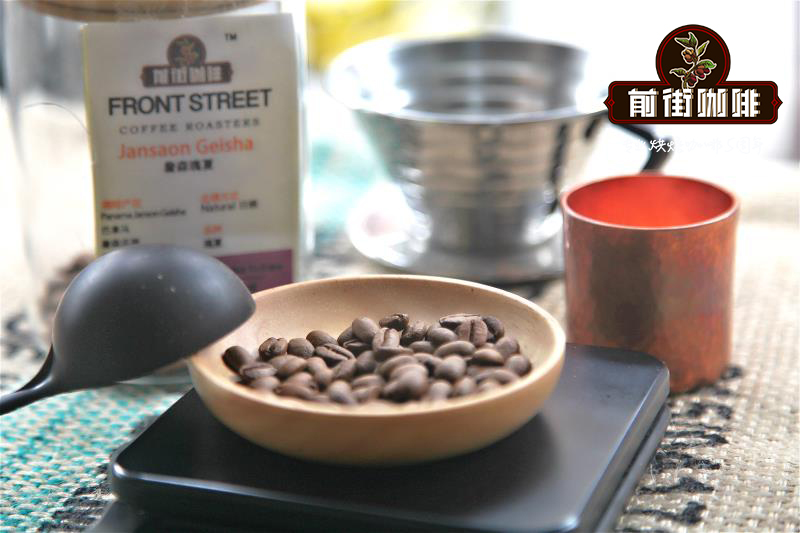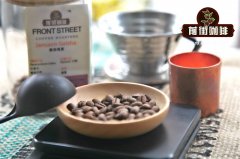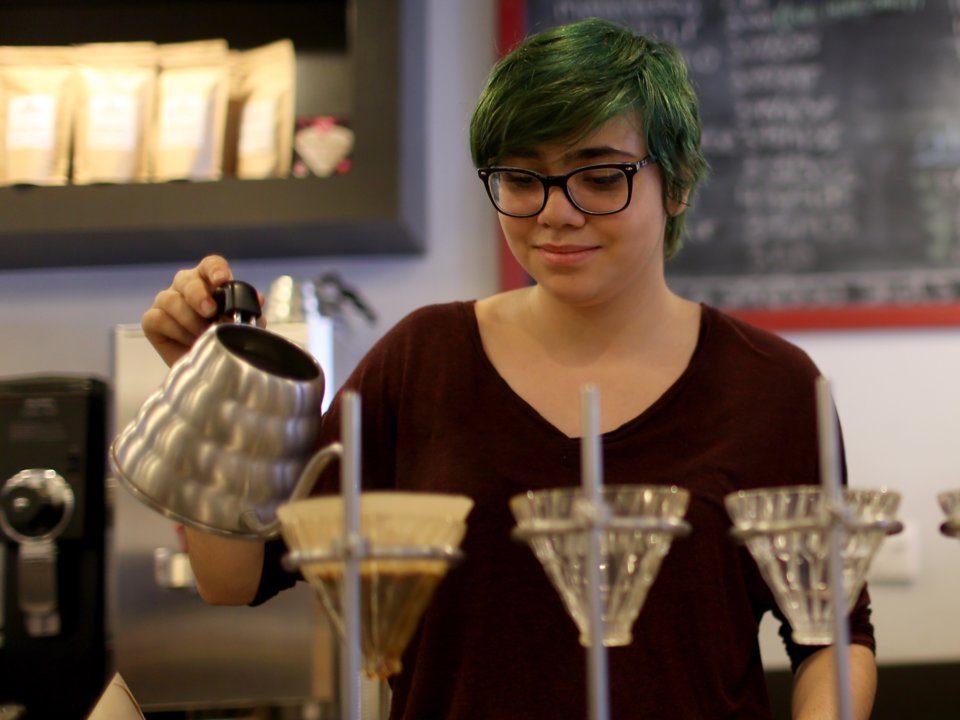Native Ethiopian coffee native species Ethiopian coffee bean species

Professional coffee knowledge exchange more coffee bean information please follow the coffee workshop (Wechat official account cafe_style)
Among the global coffee, Arabica accounts for about 70% of the total output, which has important commercial value. Arabica species spread to all parts of the world from the Arabian Peninsula, and subspecies such as Tibica species and slope species appeared according to the route of transmission, and then many branching varieties were produced because of mutation and mating.
There are more than 3000 varieties of coffee beans grown in Ethiopia alone, and people usually choose several varieties from which to plant them. As for the original coffee trees in Ethiopia, they are difficult to distinguish because their appearance and leaf appearance are quite complex. Beans from the Yegashev region have a unique rich aroma and are the most advanced coffee beans in the original species of Ethiopia. The coffee beans of the original species of Ethiopia vary in size and aroma, such as Sidamo, Harrar, Jimma, Limu, Teppi and Kaffa.
Geisha species-[species with very little yield]
The species of geisha originated in the village of geisha in Ethiopia and later spread to Central America through Costa Rica. At present, it is grown in small quantities in Panama, Malawi, Kenya, and Guatemala.
The coffee tree of geisha is characterized by the wide spacing of each branch that grows from the trunk, and the raw beans belong to long beans.
Geisha coffee beans from the jade manor in Panama were named in one fell swoop in the competition, and many farms began to grow geisha species, but the production is still quite rare, while Panamanian geisha coffee is rich in aroma and strong in the residual flavor of the fruit. once you drink it, it's hard to forget.
Leafy species-[native varieties belonging to Yemens]
The Yemen species should be derived from Ethiopia. Because Yemen has planted this variety of coffee tree since ancient times, it is called the original species of Yemen. Yemen coffee has a variety of rich aroma, including fruit sweet, spicy, as well as herbal aroma and so on.
Sumatran species-[representative coffee beans: Manning]
Mandarin Coffee: Manning Coffee is produced in Sumatra, Indonesia, Asia, also known as "Sumatran Coffee". Her flavor is very rich, fragrant, bitter, mellow, with a little sweetness. But it is also an indispensable variety for blending coffee.
The Gentleman in Coffee-Sumatra Manning
Mantenin is a first-class coffee bean growing in the plateau and mountain area at an altitude of 750-1500 meters, and the first-class mantenin produced by Takengon and Sidikalang is of the highest quality. Because Mantenin has an irreplaceable mellow taste, UCC Oshima Coffee, Japan's largest coffee company, partnered with PT Gunung Lintong, a famous coffee maker in Sumatra, to operate their first coffee plantation in Asia in 1995. This shows how important Mantenin is in the coffee field.
Iron card species-[trees have a longer life]
Tibica was originally grown on Martinique Island and is now mainly produced in Yamaika, Kona region of Hawaii, Papua New Guinea and East Timor. In addition, there is also a small amount of production in parts of Colombia, Cuba, Dominica and other places, but Tibica can not be found in Central America.
Tiebika coffee trees can grow up to 4-5 meters, with mostly horizontal branches and bronze leaves. The trees themselves have a long life, and there are even coffee trees as old as 50 years old.
Tibica coffee has a supple aroma and flavor with a slightly sour taste. On the palate, you can feel its pure and delicate taste and slightly medium mellow taste. Iron cards are not usually baked to the extent of French Roast (deep baking).
Important Notice :
前街咖啡 FrontStreet Coffee has moved to new addredd:
FrontStreet Coffee Address: 315,Donghua East Road,GuangZhou
Tel:020 38364473
- Prev

The method of making cold-extracted coffee the best ratio of water to powder for cold-extracted coffee
Professional coffee knowledge exchange more coffee bean information Please pay attention to the coffee workshop (Wechat official account cafe_style) Cold extraction is to soak the mixed coffee powder in water, store at room temperature for 12-24 hours, and finally filter out the coffee grounds. At the same time, iced coffee is made from ordinary hot coffee and then cooled in some way. Describe cold extraction as being subjected to oxygen
- Next

Scientific explanation: why coffee produced in coffee shops tastes better than home brewing?
Professional coffee knowledge exchange More coffee bean information Please pay attention to coffee workshop (Weixin Official Accounts cafe_style) The taste of coffee purchased in coffee shops is sometimes very different from that of home brewing. There are many reasons: the type of coffee beans, water, grinding and freshness of coffee beans, etc. Coffee brewing has two systems: soaking extraction filter extraction
Related
- Beginners will see the "Coffee pull flower" guide!
- What is the difference between ice blog purified milk and ordinary milk coffee?
- Why is the Philippines the largest producer of crops in Liberia?
- For coffee extraction, should the fine powder be retained?
- How does extracted espresso fill pressed powder? How much strength does it take to press the powder?
- How to make jasmine cold extract coffee? Is the jasmine + latte good?
- Will this little toy really make the coffee taste better? How does Lily Drip affect coffee extraction?
- Will the action of slapping the filter cup also affect coffee extraction?
- What's the difference between powder-to-water ratio and powder-to-liquid ratio?
- What is the Ethiopian local species? What does it have to do with Heirloom native species?

